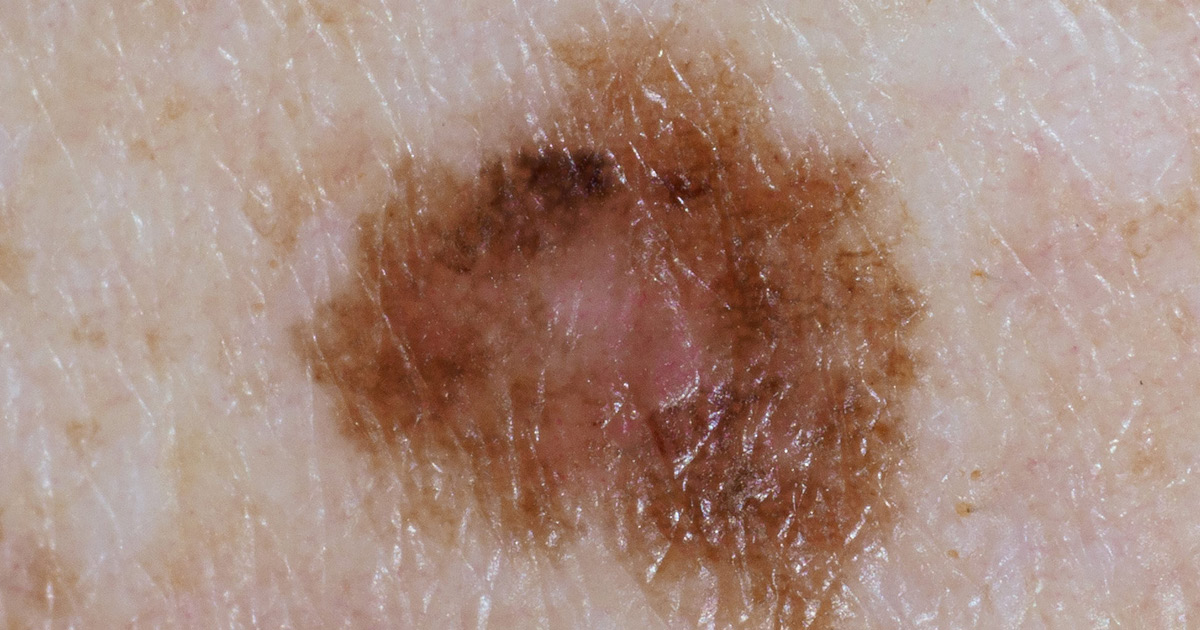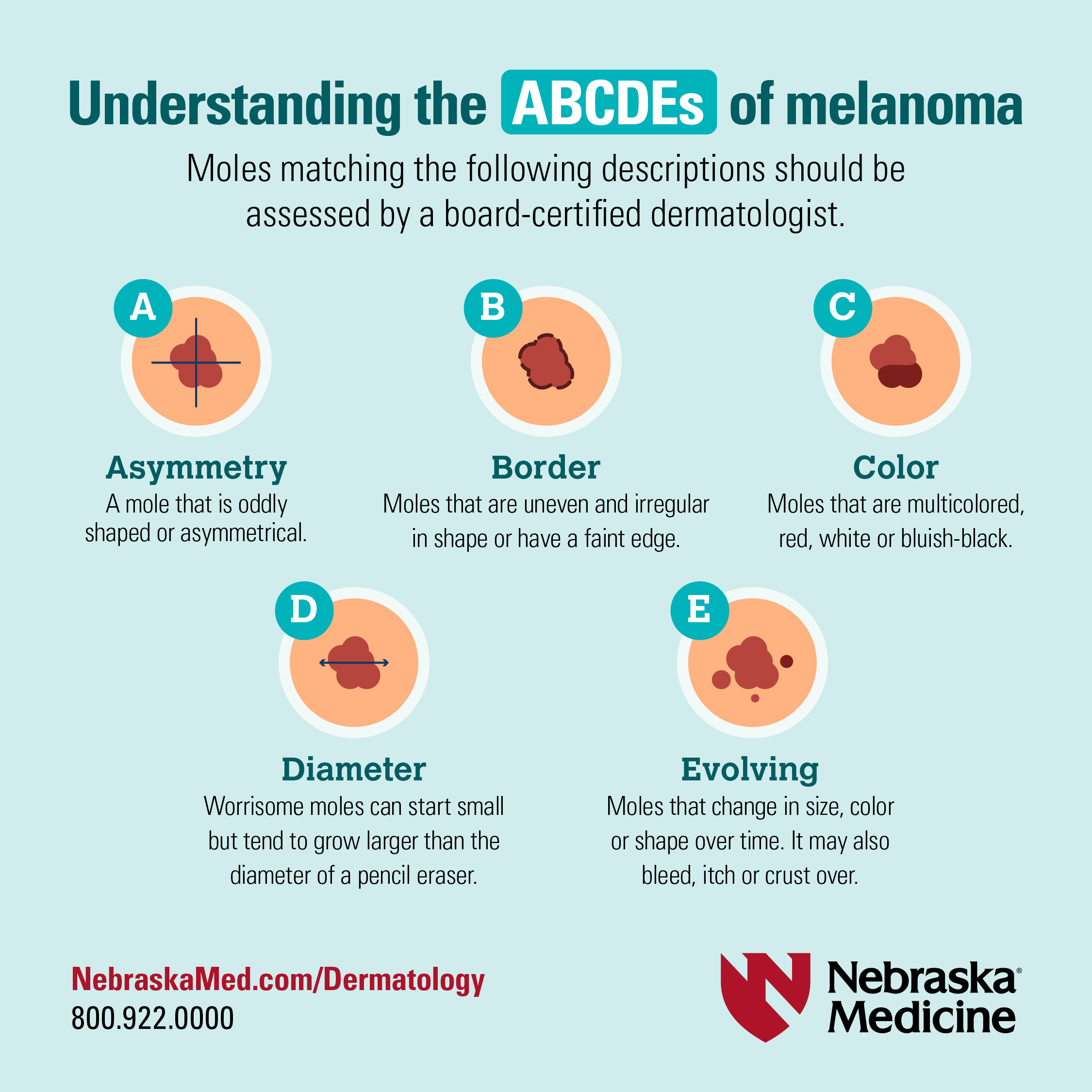How to detect suspicious moles

Nearly everyone has moles. Whether it’s a mole you’ve had since childhood, or an age spot that recently appeared, it’s important to keep an eye on skin spots and new growths. In many cases, it will likely be nothing to worry about. However, moles, particularly those that are growing or changing, can also be a sign of melanoma, the most serious of all skin cancers.
While melanoma accounts for just 1% of all skin cancers, it is responsible for the majority of skin cancer-related deaths. The incidence of melanoma has been steadily increasing for the last 30 years and that increase has been greatest among adolescents and young adults.
The majority of melanoma cases occur due to a combination of genetics and ultraviolet exposure from the sun, as well as artificial UV through tanning beds. Some research has shown that people who use tanning beds are 74 percent more likely to get melanoma than those who don’t use them.
Don’t wait! Schedule an appointment with one of our board-certified dermatologists by calling 800.922.0000. To learn more about our Dermatology Program, visit us at NebraskaMed.com/Dermatology.
One or more blistering sunburns in childhood also appears to boost your risk for melanoma. But you don’t have to burn to damage your skin. Tanning, as well as freckles and sunspots, are all signs of ultraviolet damage to the skin.
If you can’t stay out of the sun during peak hours, sunscreen or UV protective clothing is your next best protection. When choosing a sunscreen, look for sunscreens with at least a SPF 30 and are labeled “broad spectrum,” which means they have both UVA and UVB protection. The most common mistakes people make when applying sunscreen are not picking the appropriate sunscreen, not applying enough and not reapplying often enough. You should reapply every two hours, more frequently if you sweat a lot and also after getting out of the water.
Early detection is key when it comes to melanoma. When caught in the early stages, melanoma very rarely goes outside of the skin and is highly curable with surgery.
Remember, melanoma can occur anywhere on the body, even in places that have not been exposed to the sun. While rare, melanomas also can form on other parts of the body including the eyes, mouth, genitals and anal area.
How do you detect a suspicious mole? Follow the Skin Cancer Foundation’s ABCDEs for detecting the warning signs of melanoma:

A – Asymmetry
A mole that is oddly shaped or asymmetrical.
B – Border
Moles that are uneven and irregular in shape or have a faint edge.
C – Color
Moles that are multicolored, red, white or blueish-black.
D – Diameter
Worrisome moles can start small but tend to grow larger than the diameter of a pencil eraser.
E – Evolving
Moles that change in size, color or shape over time. It may also bleed, itch, or crust over.






